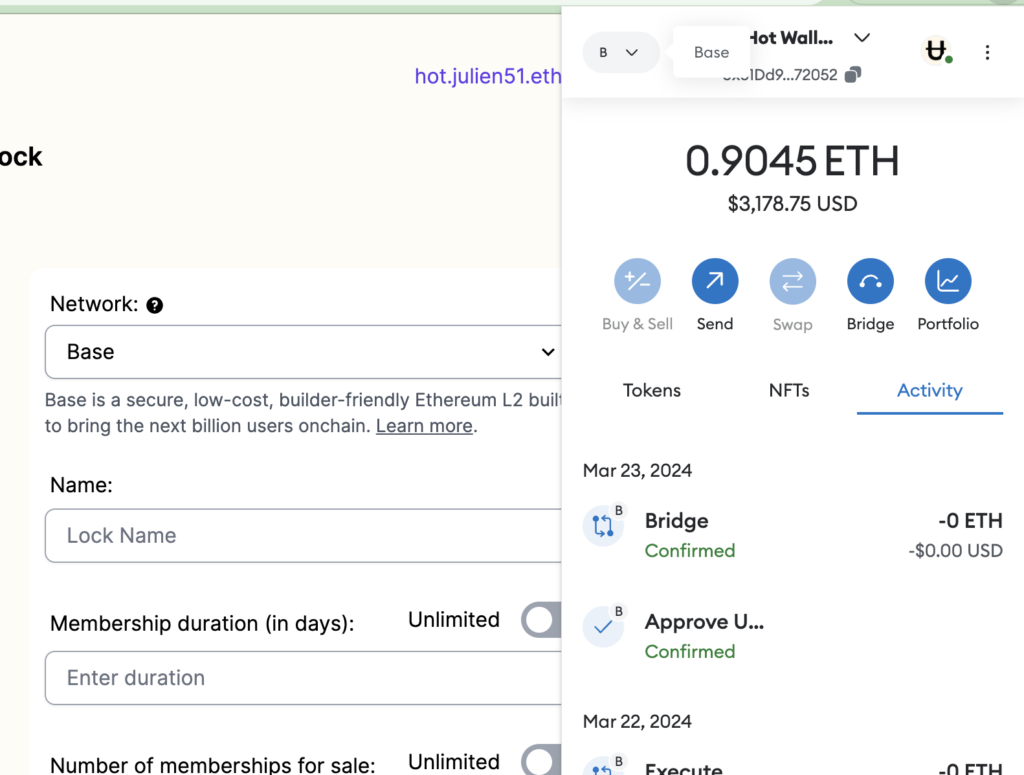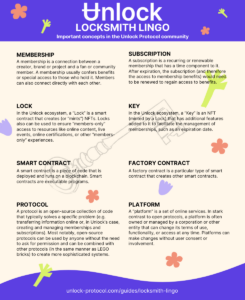The Unlock Protocol currently supports more than 12 networks. We are constantly adding new ones, and you can even suggest new networks the protocol should support. Because of this wide variety, we only show a subset of these networks by default on the Unlock Dashboard UI, in order to not provide an overwhelming list of options.
With all of these options, which network should you choose to deploy on? In the end, choosing a network is your decision. It should be based on where you think your community will already have familiarity, and perhaps take into account business relationships with other players, such as the teams building these networks, or business relationships in related parts of a network ecosystem.
Avoid Ethereum mainnet. That said, in general, we typically discourage people from deploying their contracts on Ethereum Mainnet itself. The gas costs on Mainnet are high (often multiple $ or even tens of $ of gas per transaction) and they will remain high. This is a good sign for the overall ecosystem, as it means there is demand and competition for the scarce block space on Mainnet itself.
We generally recommend using an L2, such as Optimism, Arbitrum or Base. They have different characteristics, but the all “inherit” from the Ethereum Mainnet security — at a fraction of the cost. In most cases, it should cost no more than a few cents to deploy your contract or for your members to purchase and mint their keys/memberships.
The network does not matter as much as you think! We generally try to support all the Unlock features on all the networks, including password protection, promo codes, and credit card purchases. Similarly, our checkout, if you decide to use it, supports chain-agnostic features for your members including credit card payments, swap and pay and cross-chain purchases (the former means that your users don’t even have to know about the network on which your contract is deployed to make a purchase). In practice, users can pay on any network that they have assets on, and our checkout UI will offer them ability to pay there, without requiring them to bridge or transfer any tokens.
If the network you wish to deploy on is supported by Unlock but it is not currently showing in the default list, you can make it appear in the list by connecting your wallet to the network you want to deploy on. Once your wallet is connected to that network, the network should appear on the list.






